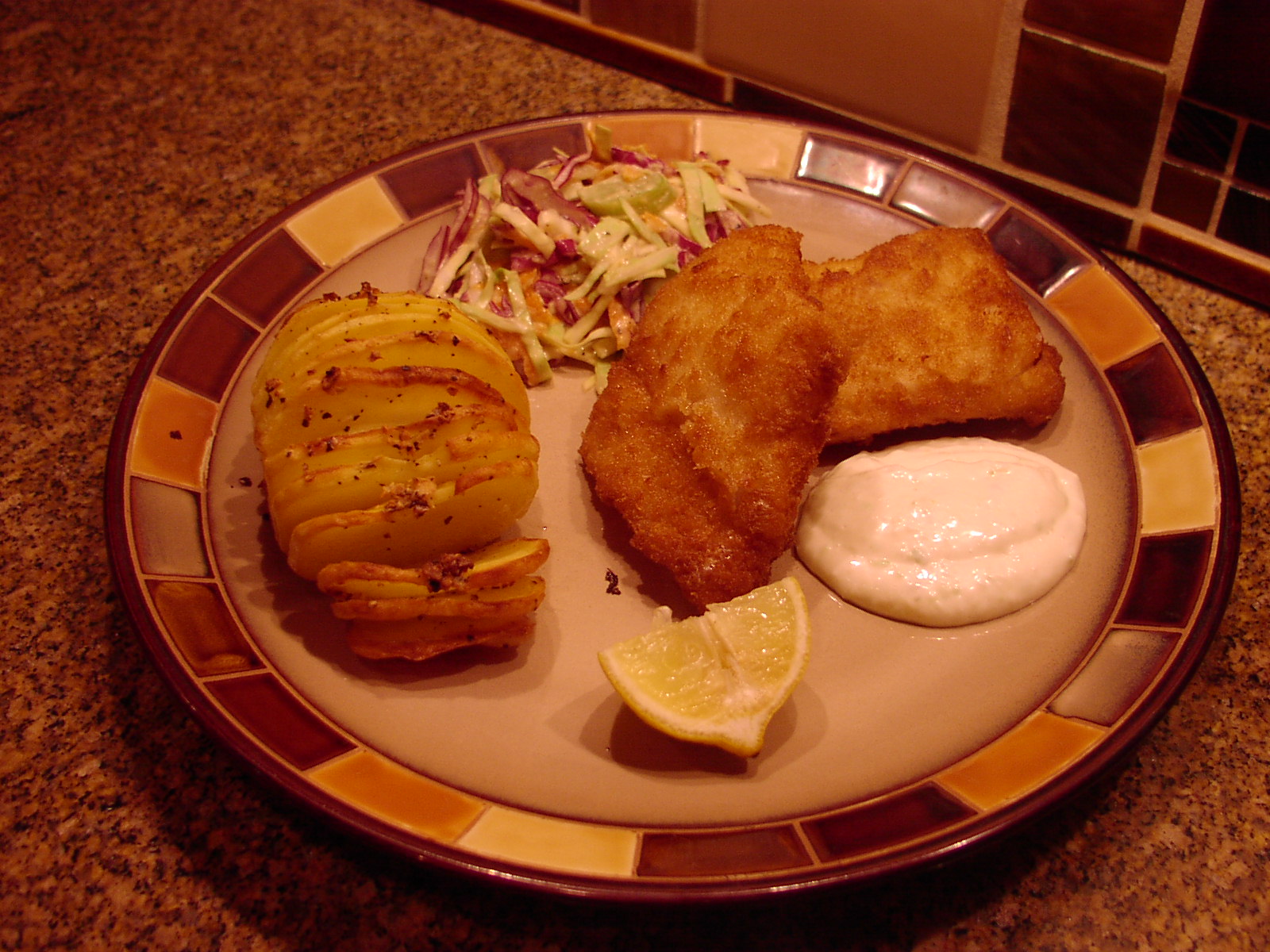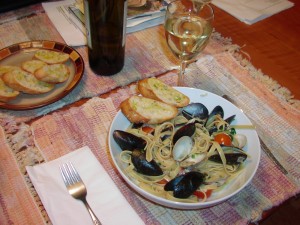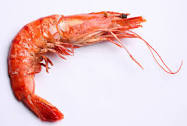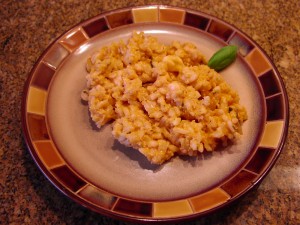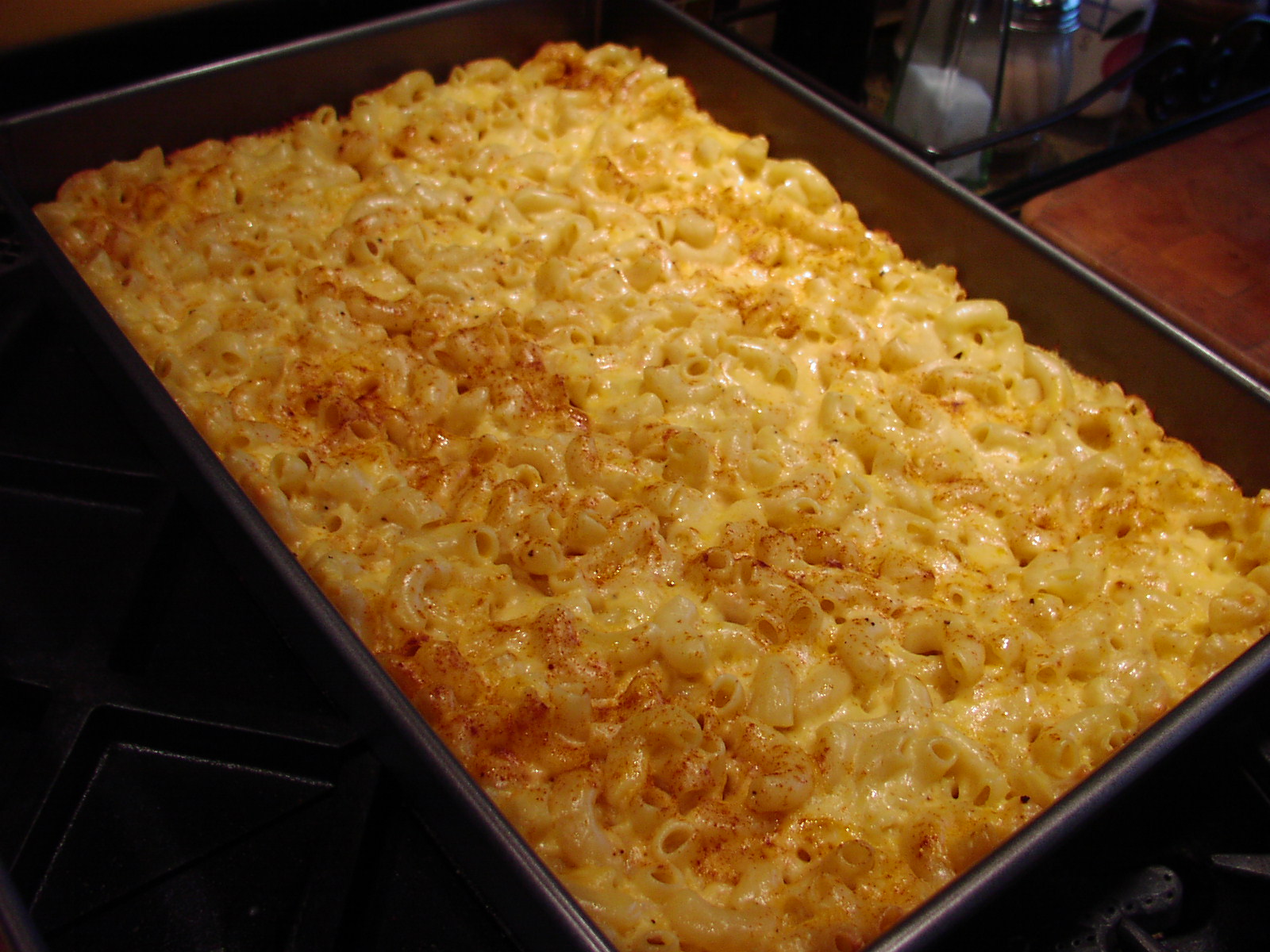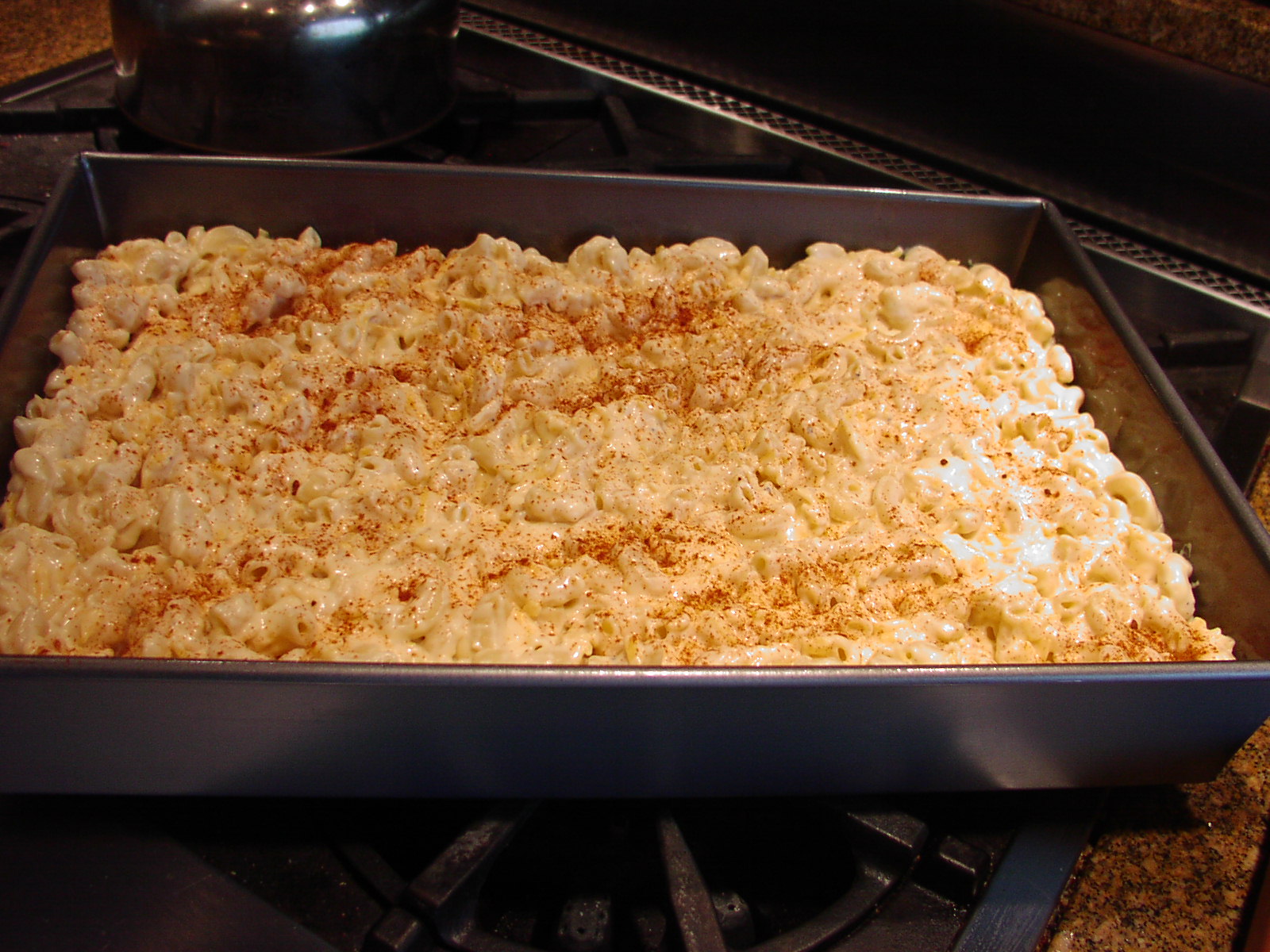There are few foods as comforting to eat as chicken and dumplings. Every time I make this dish I am transported back to my childhood when chicken was the featured meat almost every Sunday. My grandmother was the queen of frying chicken and also of a dish she called Southern fried chicken. Her version of southern fried chicken started with chicken perfectly fried in lots of butter. Then she adding cream, covered the pan, and baked it for 30-40 minutes. And on the rare occasions when she made dumplings to go on top of the creamy sauce, I was one very happy little girl.
Well now that I’m older than my grandmother was when she was preparing this dish, and much more aware of calories, cholesterol, and the importance of using less protein and more veggies in dishes, I came up with this recipe. It will never replace my grandmothers’ butter and heavy cream laden sauce, nor will the chickens I cook ever be as fresh or flavorful. (My grandparents sold eggs for a living, so the chickens we ate were grain fed, free to roam in a fairly large chicken house, and killed only a couple of hours before being cooked.) But regardless, the flavor of the sauce in this recipe is both rich and savory. The addition of fresh parsley and thyme to the dumpling batter help make them savory too. Plus the addition of corn meal adds a bit of density to the dumpling batter which prevents the cooked dumplings from having that “not-quite-done” consistency.
So next time you are feeling like a little comfort food is in order, prepare this easy and fairly inexpensive dish. Your family will love it! And although you might feel that a salad or something else is necessary to serve along with the stew, resist the urge. After all, you have all the basic food groups (except chocolate of course) covered in this one pot meal. Remember we are talking comfort food here, and you deserve a little comfort too. So instead of building a salad, have a glass of wine. I promise you no one will miss the salad, but you will miss out on the whole “comfort food experience” if you make the meal complicated. Use the KISS principle. Keep It Simple Sweetie!
Stew:
- 3 large boneless skinless chicken breasts cut into large bite-sized pieces
- kosher salt
- freshly ground black pepper
- 1/4 c. all-purpose flour
- 2 T. butter
- 2 T. extra virgin olive oil
- 1/2 c. finely diced carrots
- 1/2 c. finely diced celery
- 1 medium onion, finely diced
- 1/2 tsp. dried thyme, crumbled
- 1/8 tsp. turmeric
- 1 tsp. poultry seasoning
- 1 bay leaf
- 1/2 c. white wine (I use Pinot Grigio)
- 4 c. chicken broth
- 1/2 c. heavy cream
- 2 tsp. + 1 T. minced fresh parsley
Dumplings:
- 3/4 c. all-purpose Flour
- 1/4 c. yellow cornmeal
- 2 tsp. baking powder
- 1 tsp. kosher salt
- ¼ tsp. dried thyme, opt.
- 3/4 c. half-and-half
Sprinkle chicken pieces with salt and pepper. Place flour in a re-sealable plastic bag and add the chicken pieces. Seal the bag and turn the bag several times until the chicken is completely coated with flour. Melt the butter and olive oil in a pot over medium-high heat. Brown the chicken pieces, remove from pan and set aside.
In the same pot, add the diced onion, carrot, and celery. Stir and cook for 3 to 4 minutes over medium-low heat. Stir in the dried thyme, turmeric, poultry seasoning, bay leaf, and white wine. Cook until the white wine is reduced to about 1 tablespoon. Add the chicken broth and cover pot; simmer for 20 minutes, stirring occasionally.
While the gravy is simmering, make the dough for the dumplings: sift together all dry ingredients and gently stir in the 2 teaspoons parsley, thyme, and the half-and-half. Set aside.
After the gravy has simmered for 20 minutes, add the cooked chicken, heavy cream, and remaining 1 tablespoon of parsley; stir to combine. Adjust seasoning.
Drop tablespoons of dumpling dough into the simmering pot. Cover pot halfway and continue to simmer on low for 15 minutes. Remove from heat, completely cover pan and allow to sit for 10 minutes before serving.

